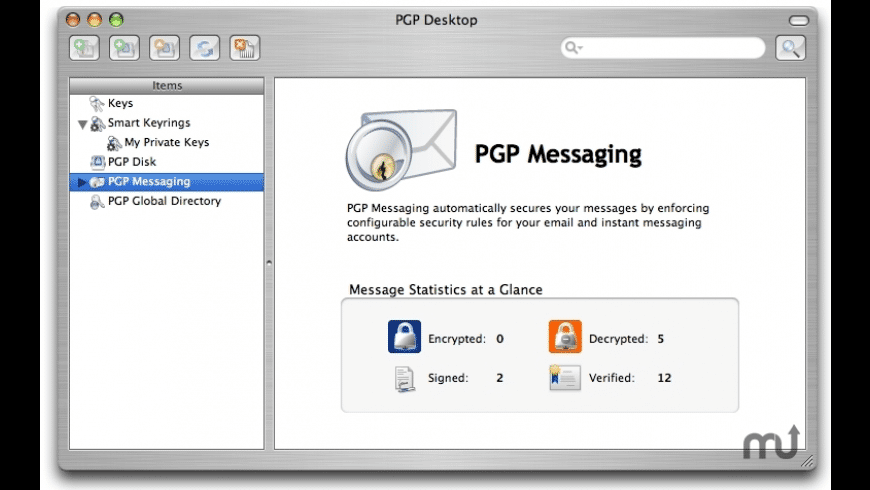
#Symantec encryption desktop amazon software
Naturally, you want to ensure that the software you are using is secure. However, it should be noted that there are open-source alternatives to PGP, such as OpenPGP and GnuPG, which might be a better choice if you don’t want to use Symantec products. Since PGP is essentially owned by Symantec, you will probably need to use either Encryption Desktop or Symantec Encryption Desktop Storage, if you want to encrypt your data. PGP can be used to encrypt files, usually using the RSA algorithm, which is very secure.

They then send the plaintext message to the recipient along with the encrypted digest. The digest is then encrypted (or digitally signed) with the sender’s private key. For this to work, the sender will generate a unique hash of the message they want to send. Digital Signature VerificationĪs mentioned above, PGP Encryption can be used to verify the identity of the sender, as well as the integrity of the data that was sent. In this instance, you will need to select Trust Key to view the message. You can also receive encrypted emails from non-ProtonMail accounts, assuming they have attached their public key.

You can do this by selecting the Attach Public Key option. However, if you want to send an email from a ProtonMail address to a non-ProtonMail address, you will need to send the intended recipient your public key. If you send a message from one ProtonMail address to another, the message will be encrypted by default. Perhaps the simplest way of using PGP encryption is to use an online email service provider, like ProtonMail. The good news is that you don’t really need to know anything about encryption to use PGP, as there are numerous solutions available that will do the job for you.

The sender will encrypt the data using the recipient’s public key, and the receiver will decrypt the data using their private key. Asymmetric EncryptionĪsymmetric encryption is where both the sender and receiver have their own set of keys, which includes a public key and a private key. The problem with symmetric encryption is that the sender is required to send the key to the receiver in plain text, which is obviously not very secure. Symmetric cryptography is where both the sender and receiver share the same “session” key, which allows them to encrypt/decrypt the data they are sending/receiving.



 0 kommentar(er)
0 kommentar(er)
